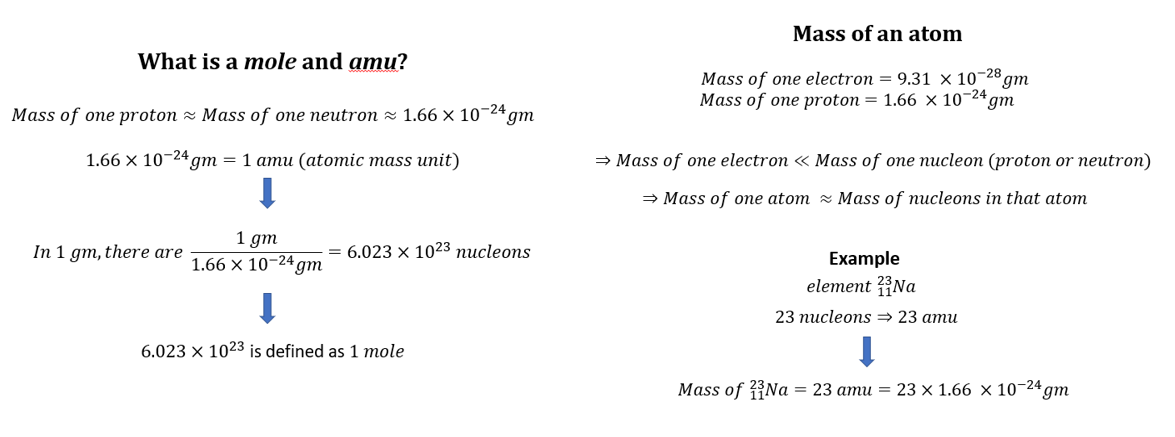Measurement and Significant Figures
The Trailing Zeros Suppose you measure length of an object using a metre scale with least count of \(0.1 \, cm\). The length comes out to be \(35 \, cm\). Which of the following, in your opinion, is the best way to state this data? \(35.000 \, cm\) \(35 \, cm\) \(35.0 \, cm\) \(35.00 \, cm\) Are these numbers equivalent? Mathematically, there is no difference between these numbers. However, to an experimentalist, each of the numbers above tell a different story. The number \(35.0 \, cm\) conveys that we are certain about the first two digits \(3 \, \mbox{and} \, 5\) of this measurement and we can say with a 'good degree of confidence' that the number in the tenth place is 'close' to zero, if not exactly zero. However, we are not able to say anything about numbers in hundredth position and onward. The number \(35.00 \, cm\), on the other hand, conveys that we are certain about the first three digits — \(3, \, 5\) and the first \(0\) a
